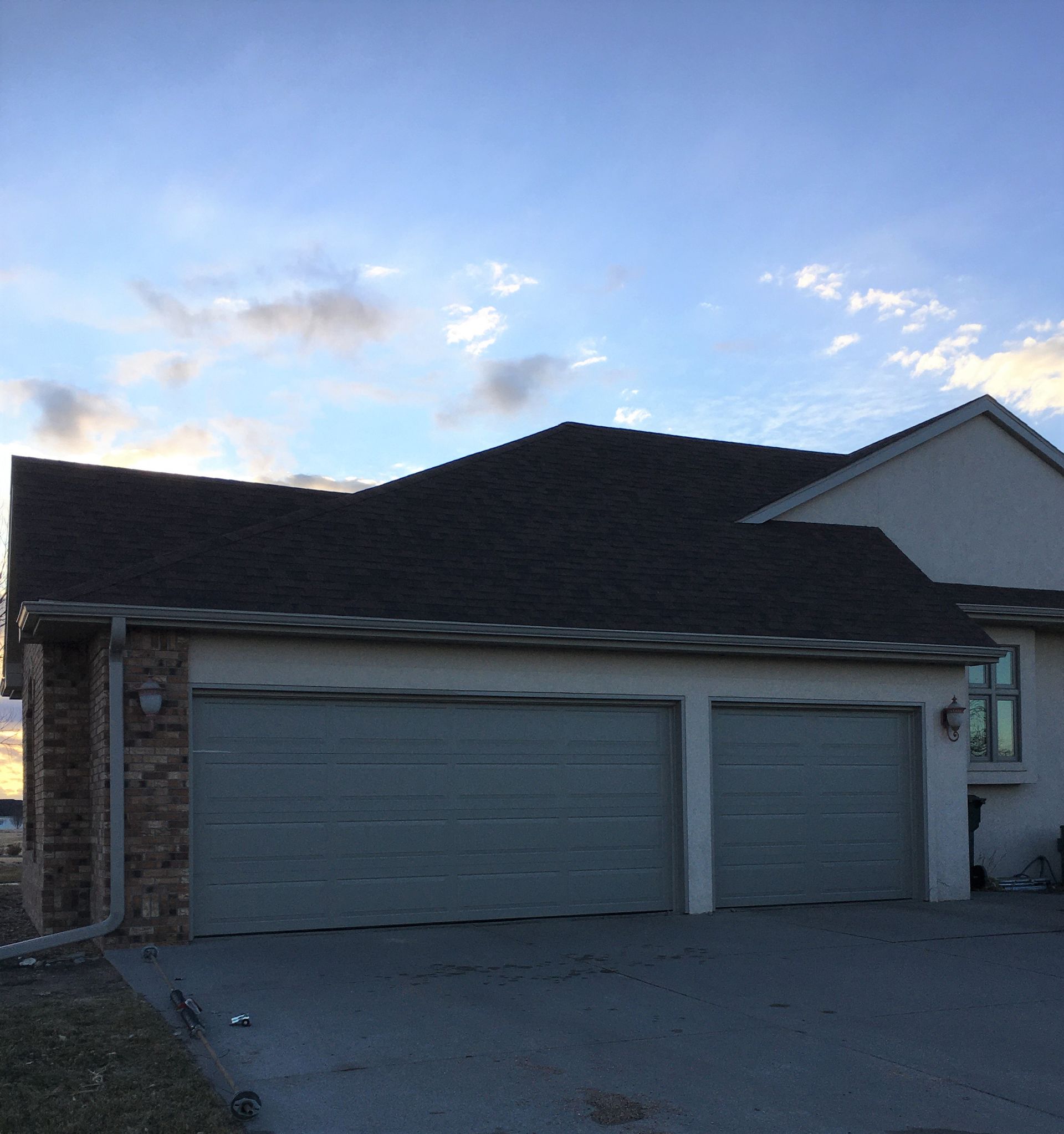Every season brings its own set of challenges for your roof. From the heat of summer to the freeze of winter, understanding how different weather conditions impact your roof can help you prolong its lifespan. Here are some seasonal roofing tips to keep your roof in top condition year-round.

The Effects of Rain, Snow, and Heat on Roofs
Persistent Rain: Persistent rain can lead to leaks, mold, and erosion if your roof isn’t properly sealed. Standing water can damage shingles and cause rot in wooden structures.
Snow and Ice: Snow accumulation can put pressure on your roof, causing sagging or even collapse. Ice dams, which form when melting snow refreezes, can also block drainage and lead to leaks.
Heat: High heat can cause shingles to warp or crack. The continual expansion and contraction of roofing materials under intense heat can also cause long-term damage.
How to Prepare Your Roof for Harsh Weather
Preparing your roof for extreme weather is crucial. Here are some steps to help you keep your roof in good condition throughout the year:
- Inspect and clean gutters: Make sure your gutters are free from debris to avoid water backup during heavy rains or melting snow.
- Examine your shingles: Replace damaged or missing shingles before the weather worsens to avoid leaks and further damage.
- Seal cracks: Seal any cracks or gaps you find to stop water from entering your roof during rainy or snowy weather.
- Check insulation: Proper insulation helps maintain energy efficiency and prevents ice dams from forming.
Weathercraft’s Recommended Roof Inspections and Maintenance
To keep your roof in peak condition, Weathercraft suggests having it inspected twice a year—once in spring and once in fall. We’ll identify weather-related damage and make recommendations for repairs and upgrades to protect your roof from harsh weather.